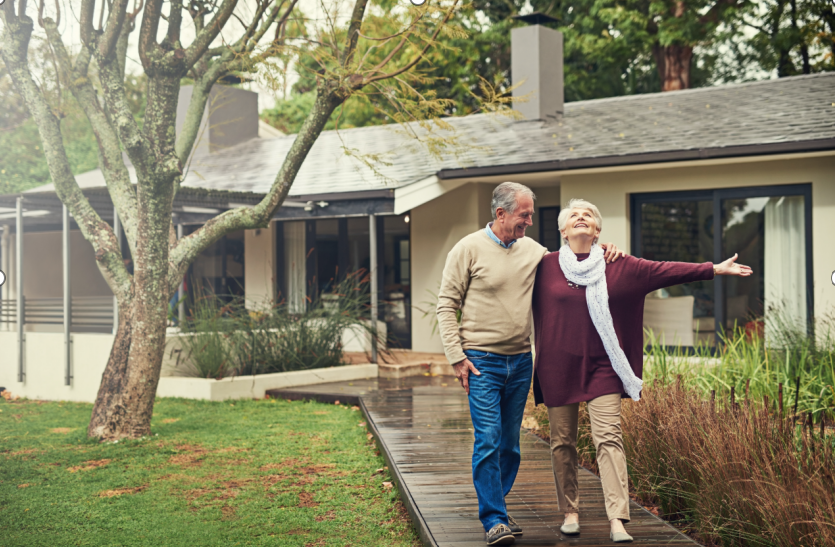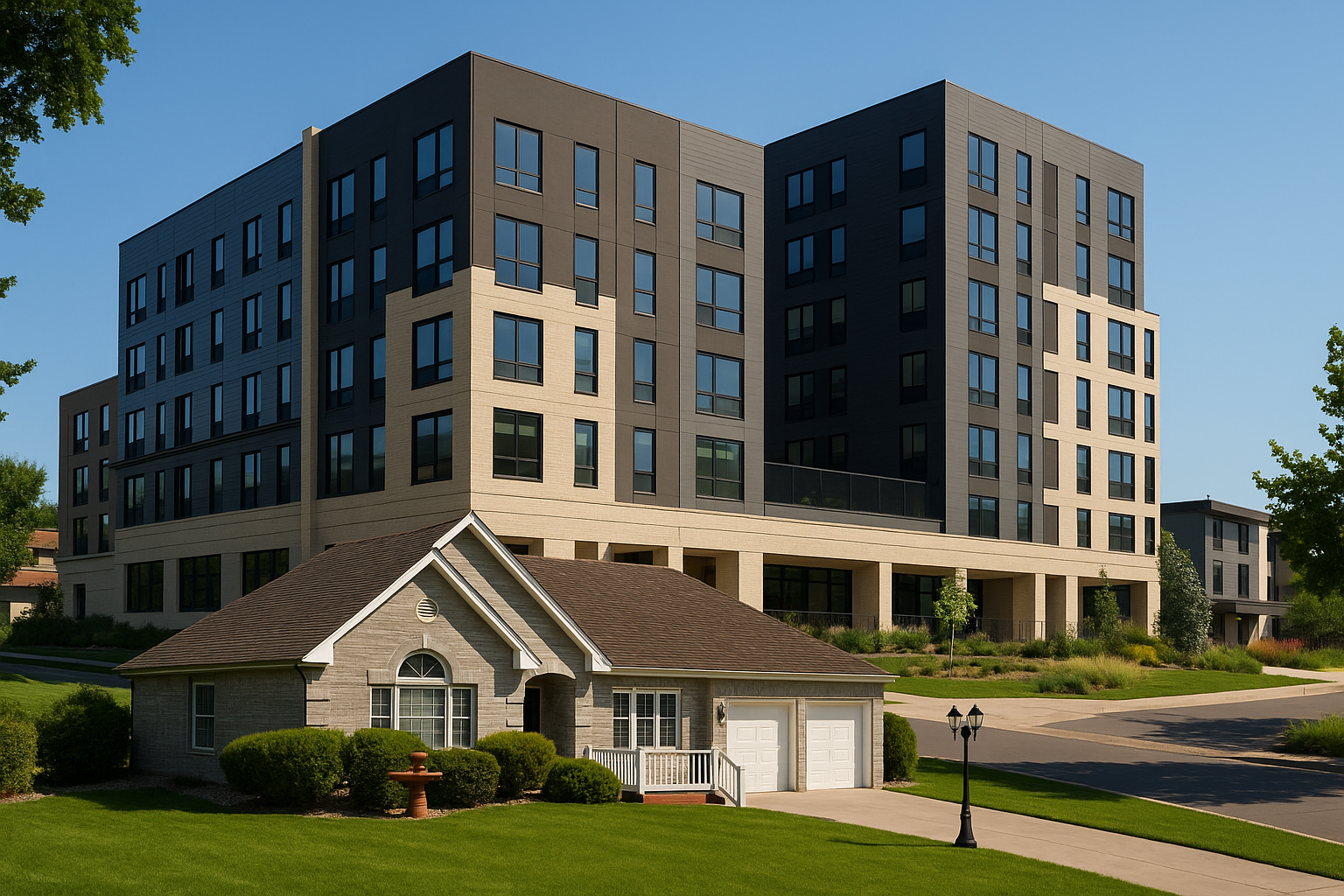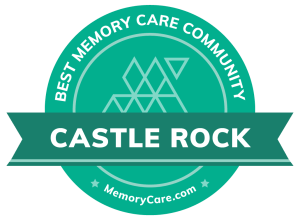BLOG
4 Key Ingredients for Creating a Dementia-Friendly Living Space
Creating safe and comfortable living spaces for individuals with dementia requires a thoughtful approach to architectural design. From layout and lighting to color contrast and wayfinding techniques, specific design elements play a crucial role in promoting a supportive environment.
In this article, we will explore the essential architectural principles and design strategies tailored to dementia-friendly living spaces, providing practical insights for creating homes that prioritize safety and well-being.
Innovative Technologies for Dementia-Friendly Spaces
Cutting-edge technologies play a pivotal role in creating safe and supportive living environments for individuals. By leveraging innovative solutions, it becomes possible to enhance both safety and quality of life within these spaces.

Smart Home Features
Smart home technologies, including automated lighting, temperature control, and security systems, contribute to a secure and comfortable living environment. These features not only enhance safety but also promote a sense of independence by automating essential aspects of daily living.
Sensor-Based Systems
Sensor-based systems, such as motion sensors and wearable devices, provide real-time monitoring and alerts, ensuring immediate response to any potential safety concerns. These systems offer peace of mind to both residents and caregivers, allowing for proactive support and intervention when necessary.
Assistive Devices
Assistive devices, ranging from medication reminders to GPS tracking devices, empower individuals with dementia to maintain autonomy while receiving necessary support. These devices are designed to enhance security and independence, contributing to a more comfortable and reassuring living experience.
Incorporating these innovative technologies into these living spaces not only fosters a safer environment but also promotes a sense of empowerment and well-being for residents.
Promoting Inclusive Communities for Dementia Care
In fostering dementia-friendly living spaces, community-based initiatives and programs play a crucial role in creating inclusive and supportive environments. These efforts not only benefit the residents but also contribute to a more compassionate and understanding community at large. Let's explore the key elements that promote inclusive communities for dementia care:
Collaborative Efforts
Collaborative partnerships between senior living facilities, local organizations, and healthcare providers are instrumental in developing comprehensive support networks for individuals with dementia. By working together, these entities can share resources, expertise, and best practices, ultimately enhancing the quality of care and support available within the community.
Educational Outreach
Educational programs and outreach initiatives aimed at raising awareness about dementia and its impact on individuals and families are essential for fostering understanding and empathy within the community.
These efforts help dispel misconceptions and stigmas, promoting a more inclusive and supportive environment for those affected by the condition.
Impact of Community Engagement
Community engagement initiatives, such as volunteer programs and social activities, have a profound impact on the well-being of individuals with dementia, fostering a sense of belonging and social connection. By actively involving the community in care, these initiatives contribute to the creation of a more empathetic and supportive environment for those living with the condition.
By highlighting the importance of collaborative efforts, educational outreach, and community engagement, we can further advance the development of inclusive and supportive communities.
The Impact of Dementia-Friendly Environments on Well-Being
The design of living spaces has a profound influence on the overall well-being and quality of life for individuals. Research findings and real-world examples consistently demonstrate the positive effects of supportive living environments on cognitive function and emotional health. Let's look at the impact of dementia-friendly design on well-being:
Cognitive Function
Dementia-friendly environments, characterized by clear signage, unobstructed pathways, and familiar cues, support cognitive function by reducing confusion and disorientation. These design elements contribute to a sense of security and familiarity, ultimately promoting cognitive engagement and reducing stress.
Emotional Health
Supportive living spaces, designed with calming color palettes, comfortable furnishings, and access to nature, have been shown to positively impact the emotional well-being of individuals with dementia. By creating soothing and aesthetically pleasing environments, these spaces foster a sense of tranquility and contentment, contributing to emotional stability and overall well-being.
Navigating Regulatory and Compliance Considerations
Creating dementia-friendly living spaces involves navigating complex regulatory and compliance requirements to ensure the safety and accessibility of these environments. Understanding the legal considerations, building codes, and industry standards is essential for developing spaces that meet the specific needs of individuals. Here are some of the key aspects of regulatory and compliance considerations:

Legal Considerations
Compliance with federal, state, and local laws related to accessibility, safety, and accommodation is paramount in the development of dementia-friendly living spaces. Legal considerations encompass a range of factors, including zoning regulations, fair housing laws, and disability rights, all of which inform the design and construction of supportive environments.
Building Codes
Adhering to building codes and standards, such as those outlined in the Americans with Disabilities Act (ADA) and the International Building Code (IBC), is fundamental in ensuring the physical accessibility and safety of living spaces.
These codes provide specific guidelines for features such as door widths, handrails, and emergency egress, all of which are critical in creating secure and navigable environments.
Industry Standards
Industry-specific standards, including those established by organizations such as the Alzheimer's Association and the Dementia Action Alliance, offer valuable insights into best practices for dementia-friendly design and care.
By aligning with industry standards, developers and caregivers can ensure that living spaces are designed and operated in a manner that prioritizes the well-being and safety of individuals with dementia.
Navigating the regulatory and compliance space is integral to the development of dementia-friendly living spaces, ensuring that these environments meet the necessary legal, structural, and operational requirements to support the unique needs of individuals.
The development of dementia-friendly living spaces requires a holistic approach that encompasses architectural design, innovative technologies, community engagement, and adherence to regulatory standards. By prioritizing collaborative partnerships and ongoing innovation, we can further advance the quality of life for individuals, fostering environments that promote safety, independence, and emotional well-being.
As we continue to explore new strategies and best practices, it is essential to recognize the transformative impact of supportive design principles on the lives of those affected by dementia. For more information on creating dementia-friendly living spaces, we encourage readers to visit https://www.assuredassistedliving.com/.
Learn more about what sets us apart. Contact us today ortoday, or download our free Family Decision Toolkit guide for more information.















